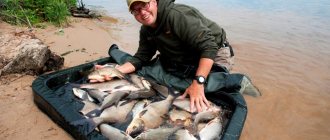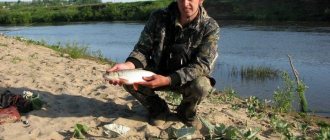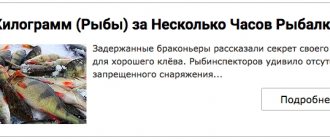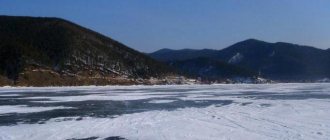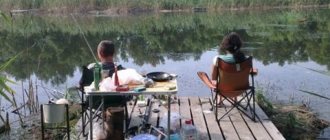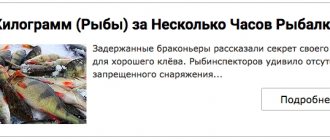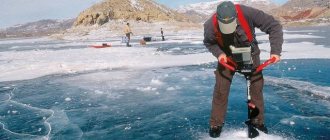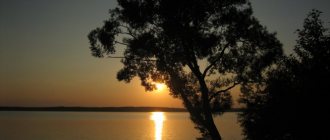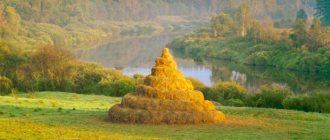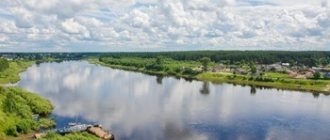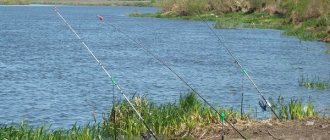Geography of Chuvashia: a brief overview
Chuvashia is part of the Volga Federal District. It borders on Tatarstan, Mordovia, the Republic of Mari El, Ulyanovsk and Nizhny Novgorod regions. The total area of the region is 18,343 square meters. km, population – 1.23 million people. The capital of the republic is the city of Cheboksary.
Chuvashia is located in the eastern part of the Russian Plain. The area is characterized by weakly dissected relief. The highest point above sea level is 287 meters. The republic is located within the forest (in the north and in the center) and forest-steppe (in the south) natural zones. The average annual precipitation is 550 millimeters. The region is characterized by a fairly dense and well-developed hydrographic network. All rivers of Chuvashia belong to the Volga basin.
Administratively, the territory of the republic is divided into 21 districts. It consists of 9 cities, 5 towns and about 1,700 villages.
The main rivers of Chuvashia: names and list
The density of the republic's river network averages 0.48 km/sq.km. It is most developed in the northwestern regions of Chuvashia, which are distinguished by a rather complex geological and tectonic structure of the earth's surface. In the central and southern parts of the region, the density of natural watercourses is noticeably reduced.
The total number of rivers in Chuvashia is 2356. Their total length is approximately 8500 kilometers. Below is a list of rivers of Chuvashia, the length of which exceeds 50 km (within the republic):
- Sura (250 km).
- Great Civil (172 km).
- Small Civil (134 km).
- Volga (120 km).
- Kubnya (109 km).
- Bula (92 km).
- Kirya (91 km).
- Abyss (86 km).
- Unga (65 km).
- Anish (61 km).
- Vyla (55 km).
- Sorma (52 km).
The location of the largest rivers in Chuvashia is marked on the map below.
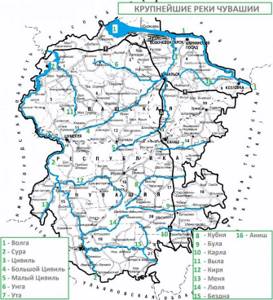
Most of the river systems in this region are characterized by well-developed valleys with clearly defined asymmetry of slopes (the right bank is steep, the left bank is gentle). The rivers' feeding is mixed, but with a clear predominance of snow. The spring flood occurs in the second half of April, and the low water peak occurs in early September. In summer, sharp rises in water levels often occur on the rivers of Chuvashia, which is associated with short-term and heavy rainfall.
Features of fishing in sunny Chuvashia
- The nuances of fishing on the rivers of the republic:
- For quiet hunting of bream, as a rule, a leader rod with a slider is used. The optimal equipment option would be a feeder, and it is better to fish with a float rod in places where there is no current.
- Pike are caught using a spinning rod and a wobbler. You can also use tackle with a spinner that does not get caught.
- When going for pike perch, choose a medium bait, which you allow the fish to swallow, then carefully hook it.
- To catch catfish from a boat, you should take a fast 3-meter spinning rod and a braided fishing line with a metal rein.
- On riffles, the spinning rod should be cast to quiet places, making a line to the stream or parallel to the area where the cast was made.
- The chub, hidden behind an obstacle in the form of a current, must be lured out by leading the bait along the shore line.
- In areas where bottom hummocks predominate, it is advisable to cast to the opposite bank and make the cast at an angle to the current.
- Fishing on the lakes:
- Usually pike, crucian carp, perch and pike perch are caught.
- For fishing you will need a light spinning rod and wobblers with devices for deepening.
- Rotating surface lures are used.
- Using the correct leader, especially if there is a lot of vegetation in the lake.
- Silent hunting in reservoirs and fish ponds:
- The largest reservoir in the republic, Kuibyshev, is rich in grass carp, smelt, rudd and 30 other species of fish.
- Reservoirs known to fishermen are also: Cheboksary and Vunarskoe (pike, perch, pike perch, bream).
- In Chuvashia, fishing is widely developed in ponds where fish typical for other reservoirs in the region are bred.
- The method of fishing in ponds and artificial reservoirs is identical. Since there is no current in these reservoirs, you can use spinning rods with a medium rod, feeder, wobbler and other gear for calm water. The only point is the fact that fishing on some ponds is paid.
Sura
The Sura is the largest river in Chuvashia, flowing along the western borders of the republic. This is a fairly large tributary of the Volga, 841 kilometers long, which crosses the territories of six constituent entities of the Russian Federation. Within Chuvashia, the length of the river is 230 km.
The Sura flows into the Cheboksary reservoir already on the territory of the Nizhny Novgorod region. In Chuvashia, the river has a wide floodplain with numerous oxbow lakes and small lakes. The channel of the Sura is characterized by great tortuosity. In the Mari language there is a word “shur”, which translates as “horn”. Most likely, the hydronym “sura” came from this word.
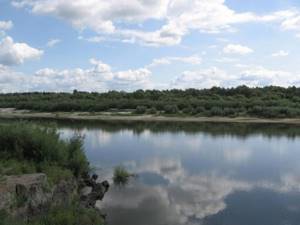
Free fishing in the Chuvash Republic
The characteristics of Chuvash fishing are primarily determined by the nature of the local water area. In the Republic of Chuvashia there are mainly stagnant ponds and reservoirs, and there are also small lakes.
Here are the TOP 10 best places where you can fish for free in the Chuvash Republic:
1. Volga River
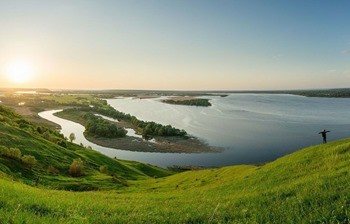
Description, what kind of fish is found, how to get there:
This is the main river in Chuvashia. It contains a lot of different fish. For fishing, a feeder or float rod is usually used. In spring and summer, pike perch and pike bite well there. You can catch bream from a boat or shore using maggots. In winter and autumn you can also catch big pike from the ice.
GPS coordinates: 55.89834, 48.2052
2. Sura River

Description, what kind of fish is found, how to get there:
The river is a right tributary of the Volga. The following fish species live there: white-eye, bream, sprat, bleak. Sometimes you can catch a river eel or sterlet. This reservoir is popular among both local professionals and amateurs.
For fishing, you should choose areas with a lot of vegetation and snags. This is where large fish prefer to hide.
GPS coordinates: 54.95947, 46.56985
The Big Civil and Small Civil rivers
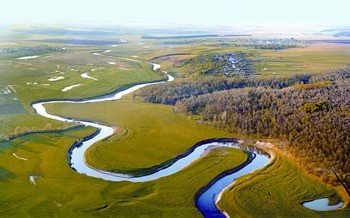
Description, what kind of fish is found, how to get there:
Both rivers are also tributaries of the Volga. Therefore, the same types of fish are caught there as in the main river. In spring and early summer you can find carp, bream and bleak here. Experienced fishermen prefer to experiment with different types of bait so as not to be left without a catch. From the beginning of August the bite decreases. At this time, it is best to fish here from the shore and with active bait. In winter it is mainly pike that bite. But for this you need to pick up special winter fishing rods and fish with a jig.
4. Kubnya River
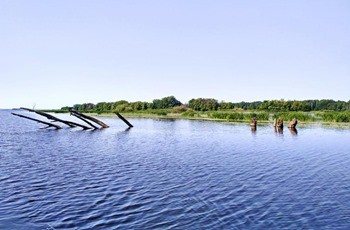
Description, what kind of fish is found, how to get there:
The shallow river is perfect for spring and summer fishing. You can catch large crucian carp and smaller bleak using bloodworms and different types of dough.
GPS coordinates: 55.52503, 48.06488
5. Lake Beloe
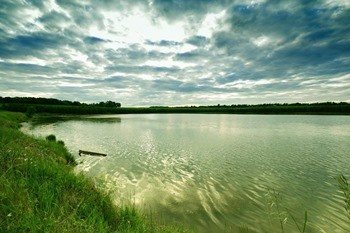
Description, what kind of fish is found, how to get there:
One of the largest lakes in the entire region is Beloe. Its average depth is 3 m, length – 600 m. The lake is clean and does not overgrow even on hot summer days. From spring to mid-autumn, carp and tench bite well there. They are caught with a spinning rod or fishing rod directly from the shore. They use types of bait such as bloodworms and maggots.
GPS coordinates: 55.17186, 47.74759
Black Lake

Description, what kind of fish is found, how to get there:
The large Black Lake also stands out among the rest. Its main inhabitants are rudd, carp and tench.
The bite in this place is good at any time of the year. True, chub and carp are better caught in summer, and pike and tench in winter.
GPS coordinates: 55.58322, 46.88998
7. Lake Al
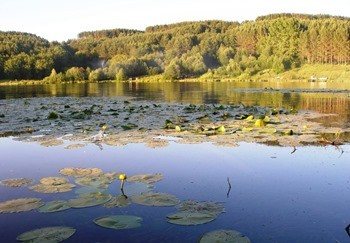
Description, what kind of fish is found, how to get there:
Lake Al is also worth mentioning. It is popular not only because of the wide variety of aquatic life, but also because it is located in a very picturesque area. Among the inhabitants of the lake it is worth noting eels, verkhovka, ruffes and perches. Fish here is caught from the shore using spinning rods, feeders and fishing rods. In autumn, crucian carp and verkhovka bite well.
GPS coordinates: 55.60322, 47.72892
Lake Syutkul
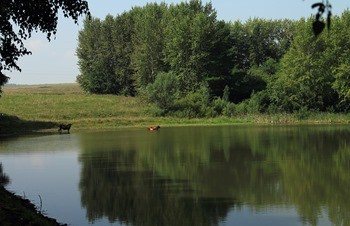
Description, what kind of fish is found, how to get there:
Despite its small size, Lake Syutkul is well suited for fishing. It is one of the deepest in the entire region. From spring to mid-autumn you can fish here with a fishing rod, feeder and spinning rod. The best bait for this time is worms.
GPS coordinates: 55.89708, 46.61123
Kuibyshev Reservoir
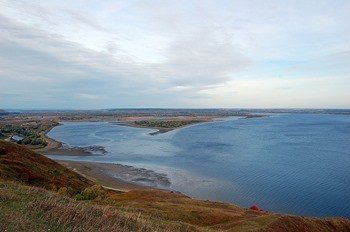
Description, what kind of fish is found, how to get there:
The Kuibyshev Reservoir ranks third in the world among man-made reservoirs. Its length is 1.5 thousand km, and its maximum width is 40 km. In its waters you can catch more than 4 dozen species of fish. Among them there are also rare fish that came here from the south (round goby, starfish) or north (cisco and smelt). But they are not found so often; much more often in this reservoir you can catch smelt, saberfish, asp, and bream.
Due to the large size of the man-made reservoir, fish can be caught there in different places.
Experienced fishermen advise choosing for recreation the mouths of rivers that flow into this reservoir, or bays. It is there that the bite is most active at any time of the year.
Cheboksary Reservoir
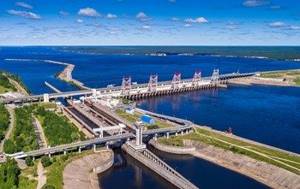
Description, what kind of fish is found, how to get there:
Its waters are also home to several dozen fish. The most commonly caught species are pike, burbot, bream and asp. Since there are a lot of downed trees in local waters, local fishermen recommend using non-hooking plugs and wobblers for fishing. This way you can catch rare predators.
Since the reservoir is quite large, it is convenient to fish from a boat, preferably a motor one. This way you can change fishing spots and get a larger catch. Large catfish are found in the Cheboksary Reservoir. It is not difficult to find specimens weighing several tens of kg.
GPS coordinates: 56.26981, 46.7194
Do you know any other good places for fishing in the Chuvash Republic - write in the comments
